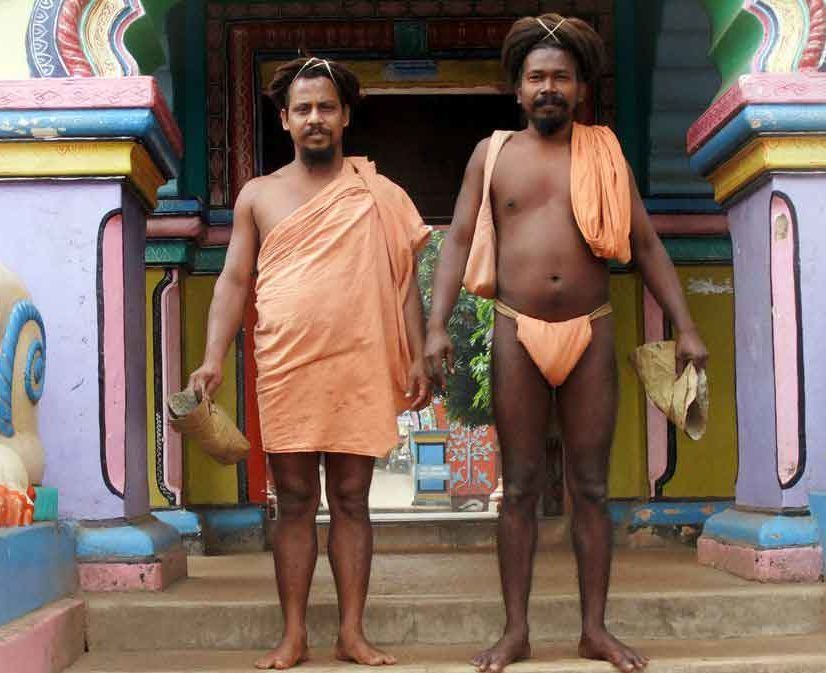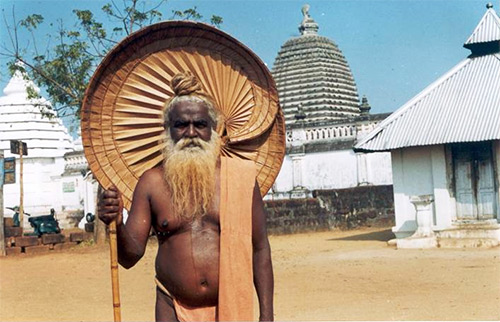Introduction
Odisha, a mystical land rich in cultural heritage, is home to various ancient and revered spiritual sects. One such spiritual path that captivated the hearts and minds of the people in this eastern Indian state is Mahima Dharma. Mahima Dharma is an indigenous religious movement founded by the saint-poet Bhima Bhoi (1850-1895) and further consolidated by his disciple Biswanathbaba. This blog explores the philosophy, teachings, and the impact of Mahima Dharma on Odisha’s cultural fabric.
Origins and Teachings
MahimaDharma emerged as a response to the prevailing social inequalities, religious dogmas, and blind adherence to external rituals during the late 19th century. Bhima Bhoi, the visionary saint, sought to create a path accessible to everyone, regardless of their caste or social standing. His teachings emphasized the unity of all beings, urging people to transcend the boundaries of caste, religion, and creed.
At the core of MahimaDharma lies the belief in the One Supreme Being, the unmanifest God. Bhima Bhoi taught that this divine power is omnipresent and resides within every individual, making everyone divine. Known as “Sunya Brahman,” this concept liberated the followers from the shackles of hierarchical societal norms, claiming that everyone is equal before God. The path advocated by Bhima Bhoi emphasized inner devotion, self-realization, and moral conduct as essential elements in achieving spiritual enlightenment.

The Role of Biswanathbaba
Biswanathbaba, an ardent disciple of Bhima Bhoi, played a pivotal role in spreading the teachings of MahimaDharma and consolidating the movement after the demise of his guru. He preached the ideals of simplicity, humility, and compassion, and infused the principles of MahimaDharma within the lives of countless individuals. Under his guidance, Mahima Dharma expanded its reach, and many ashrams were established in different parts of Odisha.
Legacy and Impact
MahimaDharma had a profound impact on Odisha’s culture and society. The rejection of caste-based discrimination and the emphasis on social egalitarianism significantly influenced the political and social landscape, leading to movements for social justice and equal rights. The teachings of Bhima Bhoi and Biswanathbaba sparked a sense of spiritual awakening among the masses and inspired various literary works, music, and art forms that extended beyond the religious realm.
Numerous devotees visit the principal shrine of MahimaDharma, Joranda, located near Dhenkanal. The Joranda Mela, an annual religious fair, witnesses the convergence of thousands of followers from different parts of India, seeking spiritual solace and participating in the congregational singing of hymns and prayers.
You can read our another post on Occupations of Odisha

Write A FAQ For Mahima Dharma, Bhima Bhoi and Biswanathbaba in Odisha
Who is Mahima Dharma and what is its significance in Odisha?
Mahima Dharma is a religious sect that was founded by Mahima Gosain in the 19th century in Odisha, India. It is based on the teachings of the saint poet Bhima Bhoi and focuses on the worship of the formless divine entity called “Mahima.” The sect gained popularity for its emphasis on spiritual liberation, equality, and social justice.
Who was Bhima Bhoi and what were his contributions to Mahima Dharma?
Bhima Bhoi was an eminent saint poet and philosopher who played a crucial role in the formation and development of Mahima Dharma. He composed numerous devotional songs and hymns, which are considered the cornerstone of the sect’s spiritual literature. Bhima Bhoi promoted the idea of universal brotherhood, non-discrimination, and the abolition of caste-based disparities in society.
What is the role of Biswanathbaba in Mahima Dharma?
Biswanathbaba, also known as Baba Bishwanath Das, was a prominent spiritual leader and a key disciple of Bhima Bhoi. He continued the legacy of his guru by spreading the teachings of Mahima Dharma across different parts of Odisha. Biswanathbaba played a crucial role in organizing festivals, establishing temples, and preserving the spiritual and cultural heritage associated with Mahima Dharma.
How is Mahima Dharma practiced in Odisha?
Mahima Dharma is predominantly practiced through devotional singing, chanting, and worship of the formless divine entity known as “Mahima.” Followers of Mahima Dharma visit temples associated with the sect, perform rituals and ceremonies, and engage in community service. The core values of equality, liberation, and social justice are emphasized in their daily lives.
What is the impact of Mahima Dharma on Odisha’s society and culture?
Mahima Dharma has had a significant impact on Odisha’s society and culture. It has helped in promoting inclusivity, eradicating social inequalities, and challenging the prevailing caste-based norms. Mahima Dharma’s teachings have also fostered a sense of unity and brotherhood among its followers, leading to the formation of strong social support networks. Additionally, the devotional songs and hymns composed by Bhima Bhoi continue to inspire and enrich Odisha’s cultural heritage.
Conclusion
Mahima Dharma, propagated by the inspirational teachings of Bhima Bhoi and Biswanathbaba, has left an indelible mark on the spiritual and cultural landscape of Odisha. By emphasizing the inherent divinity within each individual and promoting egalitarian values, MahimaDharma continues to guide people towards inner tranquility and communal harmony. As we explore the mystical realms of Odisha, let us recognize and celebrate the rich spiritual heritage , which remains a beacon of enlightenment for all.
